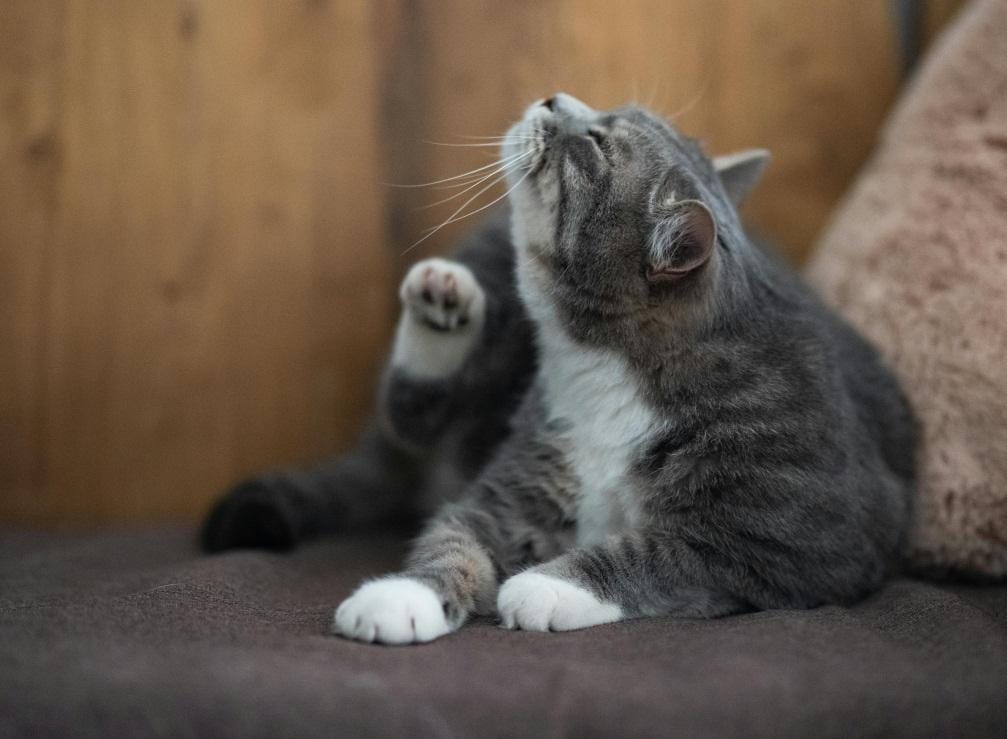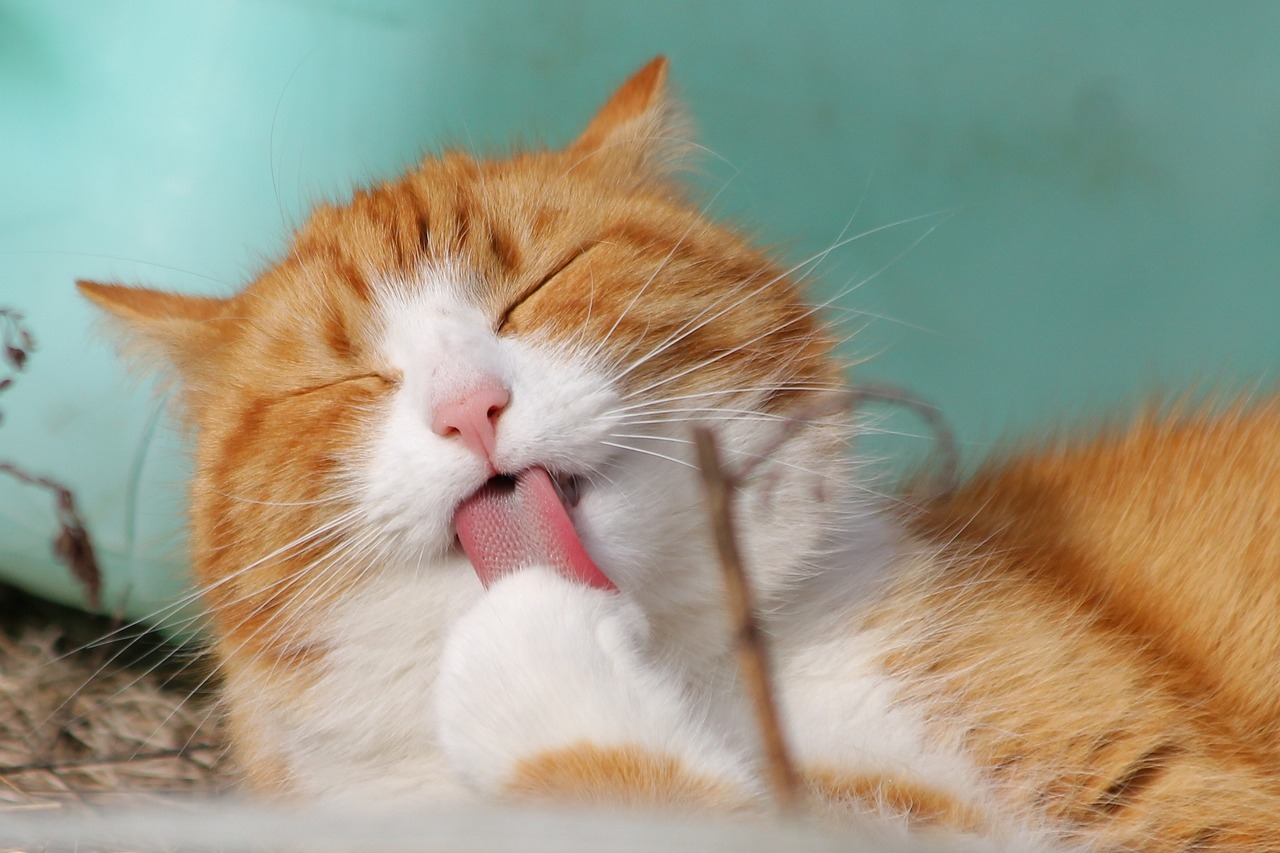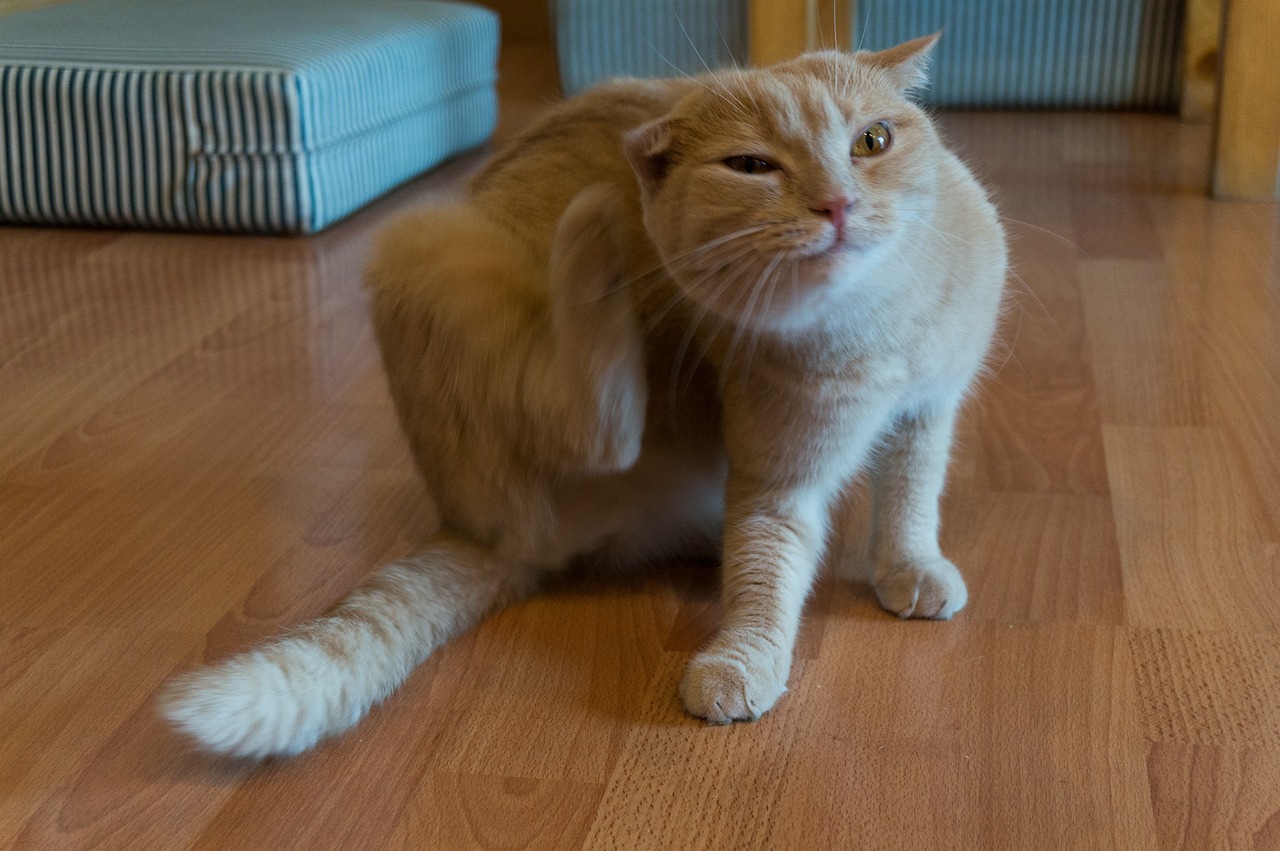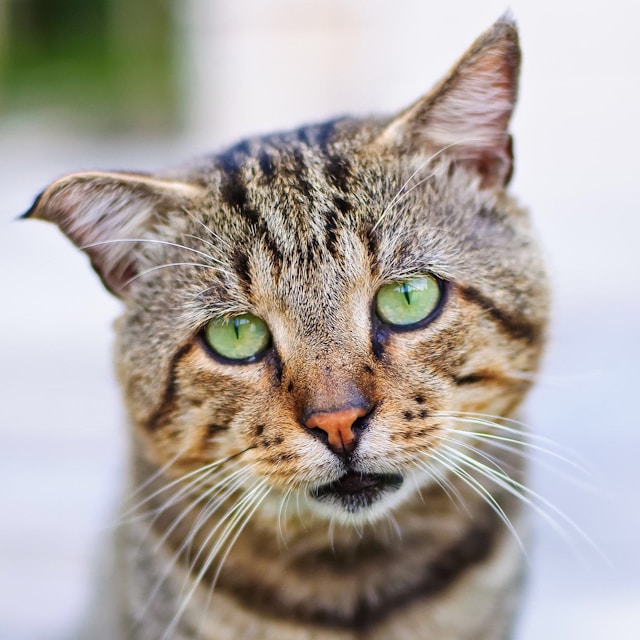Russian Blue
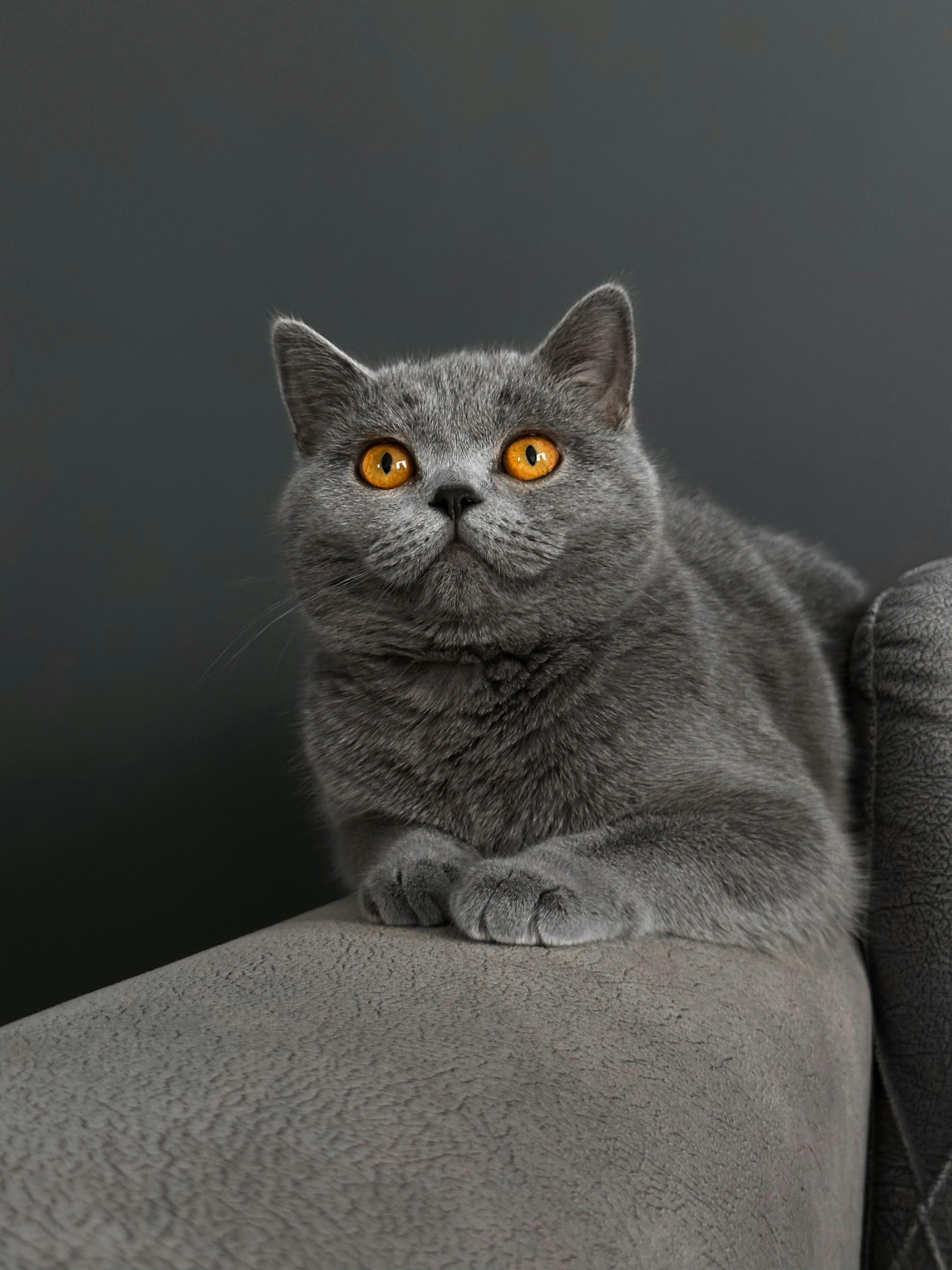
| Official Name | Russian Blue |
| Common Name | Russian Blue |
| Pet Height | 9 to 11 inches |
| Pet Weight | 7 to 12 pounds |
| Lifespan | 15 to 20 years |
| Good With | cats, children, dogs, families, seniors |
| Temperament | affectionate, neurotic, shy |
| Intelligence | high |
| Shedding Amount | infrequent |
| Playfulness | medium |
| Energy Level | calm |
| Vocal Level | frequent |
| Coat Length | short |
| Colors | blue/gray |
| Patterns | solid |
| Other Traits | easy to groom, easy to train, friendly toward humans, friendly toward other pets, good for first-time pet owners, good lap cat, high potential for weight gain, high prey drive, hypoallergenic, strong loyalty tendencies, tolerates being alone, tolerates being picked up |
These cats thrive on routine and have a sweet, loving nature, yet they're also a bit cautious. They're easy to care for and require minimal grooming, making them a fantastic choice for families.
If you're patient enough to help this shy breed come out of its shell, you'll find a devoted and affectionate companion. Russian Blues are relatively common, and you can expect to pay between $400 and $600 for a kitten from a reputable breeder. Discover more about their unique appearance, personality, needs, and history.
Appearance
Russian Blues are medium-sized cats known for their plush, dense coats that give them a more substantial appearance than they actually are. Their fur is soft and silky, with a striking dark gray color tipped with a shimmering silver. While these cats shed only lightly and produce fewer allergens than other breeds, making them a popular choice for people with allergies, no cat is completely hypoallergenic.
Dr. Natalie L. Marks, a veterinarian at Blum Animal Hospital in Chicago, explains that Russian Blues produce very low levels of Fel d 1, the protein responsible for cat allergies. This makes them a potentially better option for sensitive people, but it's a good idea to spend time with the breed before deciding to bring one home.
An intriguing feature of Russian Blues is their eye color. Kittens are born with blue eyes, which gradually change to a light yellow or golden. By around four months, the eyes typically develop a yellow hue with a green ring, eventually becoming a vibrant green as the cat matures.
These cats usually weigh between 7 and 12 pounds and stand about 10 inches tall.
Personality
Russian Blues are affectionate and loyal cats who love to follow their owners around and greet them at the door when they come home. Although they might be shy and reserved at first, they become incredibly loving once they get to know you. Once they feel secure in their new environment, Russian Blues are playful and loving companions.
They generally do well with kids and other pets, including other cats and dogs. Despite their loving nature, they're not overly clingy and are pretty calm. However, they might be a bit reserved or shy around strangers. Russian Blues can be pretty vocal, but they usually use soft meows to let you know when they need food, water, or attention. These cats are clever, independent, and energetic, so be sure to have plenty of toys on hand for them. As they grow older, they tend to calm down a bit.
Living Needs
Russian Blues thrive on routine and can be unsettled by new or unexpected changes. They do best in a calm, predictable environment with few visitors.
While they might be cautious around strangers, Russian Blues are affectionate with their family members and get along well with pets and kids once they've gotten used to them. Their independent nature means they're okay with being alone for a while, so you don't need to worry too much if you work long hours or have a busy social life. Give them plenty of attention when you're home; they'll be thrilled to see you.
These intelligent cats need both mental and physical stimulation. They love having toys to keep them entertained, so invest in a few cat trees and scratching posts and spend time playing with them, especially when they're full of energy. A tired Russian Blue will be happy to relax in your lap.
Russian Blues have a strong hunting instinct, so don't be surprised if they spend much time watching birds and squirrels from the window. If you're considering getting a small pet like a parakeet or hamster, you might want to rethink that.
They're also quite particular about cleanliness, especially regarding their litter box. Regular cleaning is essential to keep them happy and healthy.
Care
Grooming a Russian Blue cat is pretty straightforward. They don't need many baths, and a weekly brushing will help manage loose fur and reduce shedding. Regular nail trimming and cleaning their eyes and ears are also necessary.
Russian Blues don't need a special exercise routine. Like most cats, they stay active by independently playing and running around the house. Just make sure to provide some toys for them to enjoy.
According to Marks, "Russian Blues have a strong natural instinct to hunt, so feather or fishing pole toys are great for keeping them physically and mentally stimulated."
This breed is quite intelligent and generally responds well to training. Teaching them to use a litter box and scratching post is easy, and they appreciate lots of praise and petting.
Marks adds, "Russian Blues are very talkative and enjoy interacting with their family. They thrive on routine and don't handle changes well, so keep their mealtimes and playtimes consistent."
To keep your Russian Blue healthy, feed them high-quality cat food and watch their portion sizes to prevent obesity, which they can be prone to. Regular vet check-ups will help you determine the best feeding plan for your cat.
Health
Russian Blues are known for their impressive lifespan of 15 to 20 years, largely due to their naturally occurring breed status, which contributes to their overall good health.
However, these cats can have some health issues. According to Marks, Russian Blues love to eat and might struggle with obesity if their diet isn't managed carefully. They can also face some specific conditions, such as progressive retinal atrophy (PRA), which affects their vision, and polycystic kidney disease (PKD), where fluid-filled spaces in the kidneys hinder their function.
To ensure your Russian Blue stays healthy, regular health screenings are essential, even into adulthood. A trusted breeder will start this process, but ongoing vet check-ups are crucial. Always follow your vet's advice to keep your Russian Blue in shape.
Exercise Requirements
The Russian Blue cat is pretty energetic but doesn't require intense exercise. Instead of rushing into new situations, it moves with the elegance of a ballerina. It loves lounging in sunny spots or finding a quiet place to nap throughout the day.
Russian Blues remain playful even as adults, which helps keep them fit. You can keep them entertained with feather wands or feather toys. Playing with a laser pointer is also a great way to help them stay active and burn off any extra energy.
Training
Most pet owners dismiss the idea of training a cat. But the Russian Blue is brilliant and can learn a few tricks to entertain its owner. It will also adapt to litter, obedience, and leash training.
Reward the cat with treats and rewards for every desirable behavior. Never shout or yell at a Russian Blue to prevent stressing it.
History
Russian Blues, as you might guess, come from Russia. It's thought that they originally developed in the Archangel Isles in Northern Russia, where their dense, short coats helped them stay warm during harsh winters. Russian czars cherished these cats, and today's Russian Blues are descendants of those royal felines.
The breed first appeared in cat shows in 1875 and arrived in the United States in the early 1900s. By the 1960s, the Russian Blue started gaining popularity and became the beloved housecat we know today.
Fun Facts
Some people believe that Russian Blue cats are lucky charms. Their charming, smile-like expressions are even likened to the Mona Lisa.
Get insurance plans with wide-ranging coverage options








